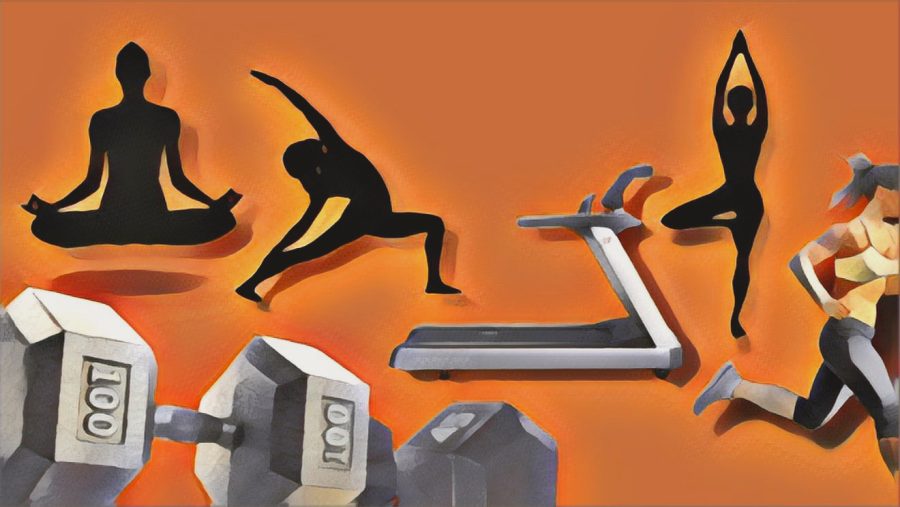Fighting for fitness
April 19, 2023
41.9% of America is obese. Aside from the health effects of obesity – which include heart disease, type two diabetes and some types of cancer – the burden on the healthcare system is $173 billion annually. This health crisis has become so dire that it poses a national security issue as only 40% of young adults are weight eligible for basic training.
UT must address this crisis by making physical education classes a part of the core curriculum.
There is some current investment in physical fitness. UT is a premier university known nationally for its athletics programs. The University also has two gyms, Gregory Gymnasium and the Recreational Sports Center, and an entire department — UT RecSports — dedicated to offering students an active lifestyle.
UT is also a walkable community, covering 431 acres with dispersed buildings. However, nearly half of UT students do not meet the minimum activity guidelines.
Currently, UT’s core curriculum does not promote physical fitness apart from an option to take a nutrition class as a science credit. This is a significant departure from Texas’ standard curriculum in K-12, which mandates that all public schools offer physical education classes.
Frank Wojan is a doctoral candidate and assistant instructor within the Department of Kinesiology and Health Education. Wojan described the discrepancy between UT’s advertising of their wellness programs and student participants.
“[Students] probably get those emails (about) health and wellness … but to be honest, no one reads those,” Wojan said.
The responsibility falls on the University. They have metrics that prove their programs could be more optimal. They understand the health and security crisis and the financial burden of obesity. It is time for UT to take a larger step forward for the benefit of the community by implementing mandatory physical education into the Core Curriculum.
Most physical education classes are 1 hour long, offering great flexibility for students’ schedules. PED classes are also GPA boosters. Show up, give some effort and collect dividends physically, academically and mentally. Getting active can be challenging, but including physical activity in core requirements can help students take the initiative. For those who may not have the time to focus on exercise or include PED classes in their schedule, an alternative physical fitness test measuring basic cardiovascular and muscular endurance could serve as a substitute.
First-year business and finance major Nicholas Perales doesn’t think the offer is enticing. After enrolling in a swimming class, it was more time-consuming than he had expected.
“[Swimming] was great for a new experience, but the downside would be it’s also taking up valuable time,” Perales said.
However, that’s the beauty of implementing it into the core curriculum. Students wouldn’t have to go out of their way to be physically active.
Additionally, with the University’s variety of options, students could take a different PED course every semester and never have a repeat experience. Course offerings range from fencing to racquetball and social dance.
Students have abundant resources available to them. Though the University has seen positive effects of its programs, most UT programs and facilities still need to be widely used. By implementing physical education into the core curriculum, UT can at least play a small part in our nation’s crises and support its students’ health.
Woollard is a finance sophomore from Austin, TX.



